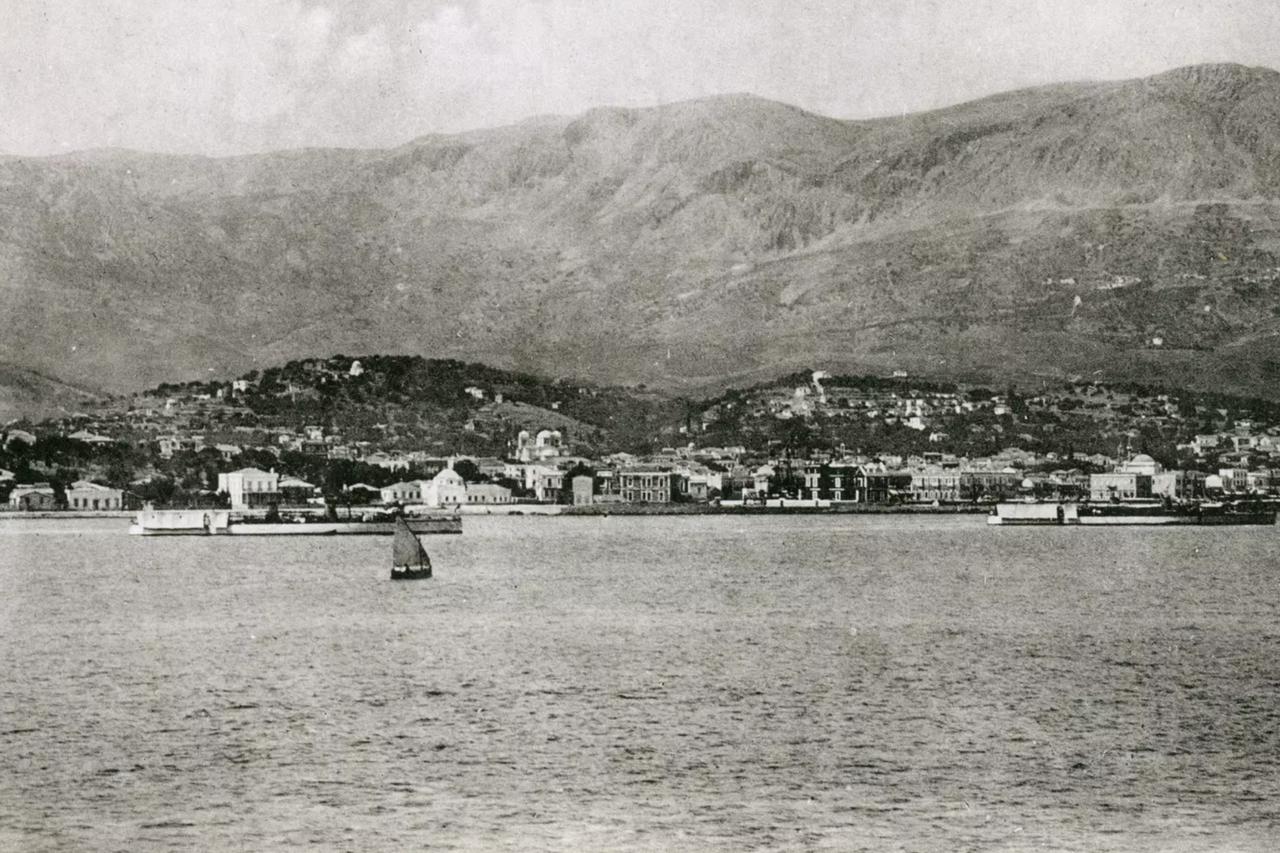
Chios, an Aegean island that was part of the Ottoman Empire in the 18th century, offers a fascinating picture of local administration, trade, and community life. Historical records from this period reveal how the island functioned under Ottoman rule and how its society and economy were shaped.
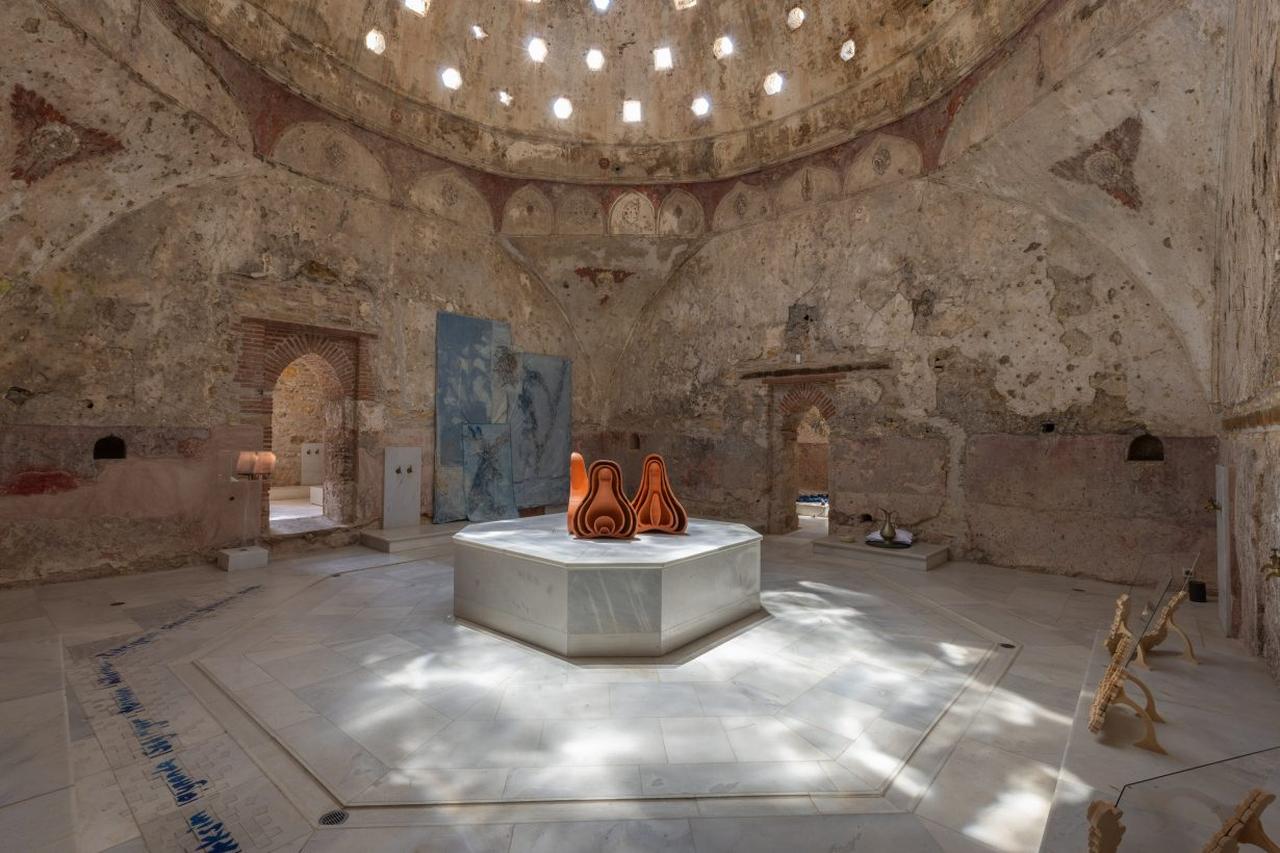
Unlike many other Ottoman provinces, Chios had a semi-autonomous status. Local elites, known as kocabasis (community leaders), played a central role in managing the island’s affairs. They worked closely with Ottoman officials, creating a balance between imperial oversight and local governance. This arrangement allowed the community to address internal matters while still being tied to the broader imperial system.
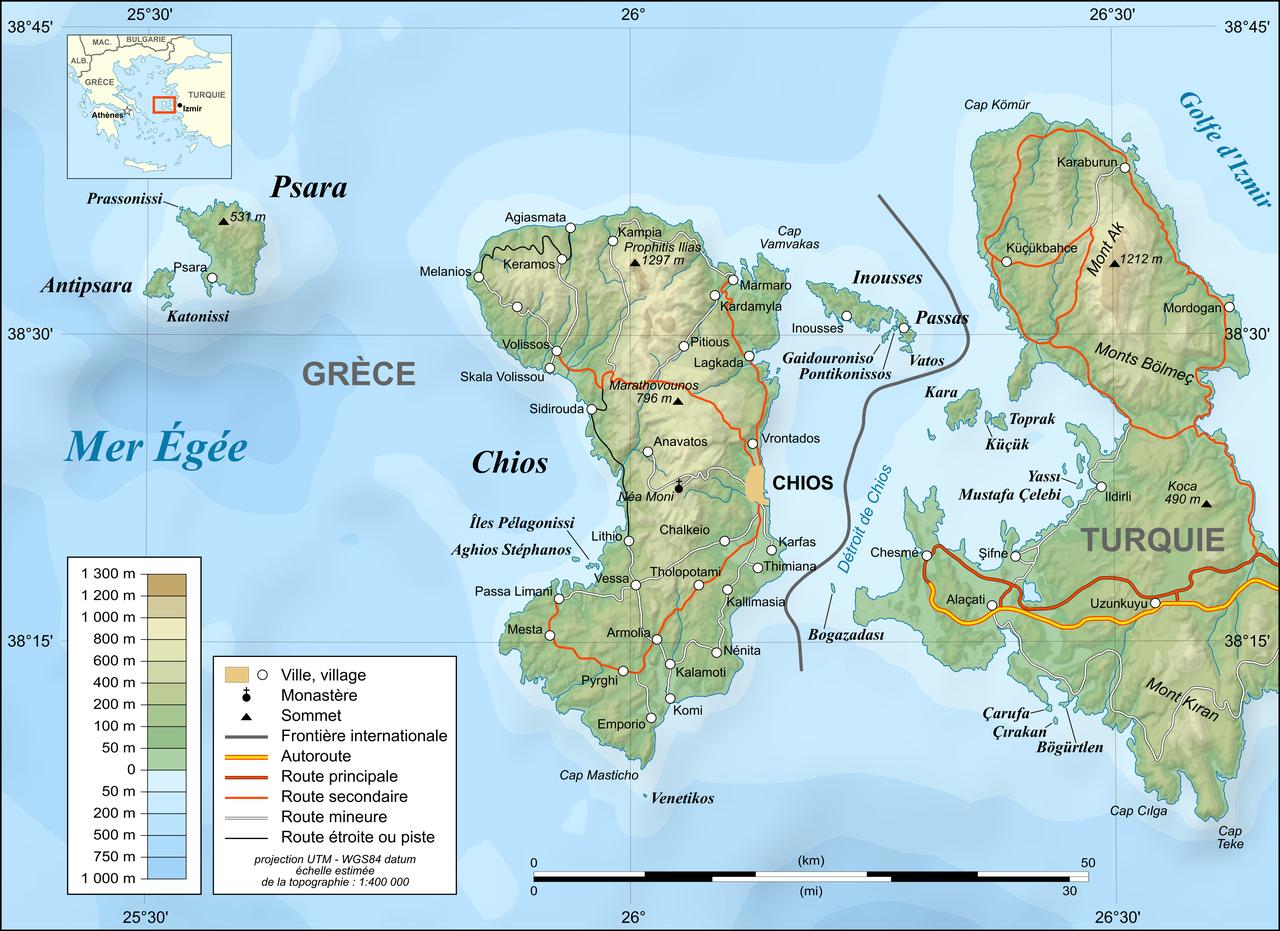
The island’s economy revolved around agriculture and trade, with mastic—a resin unique to Chios—being its most valuable product. Mastic was exported widely and highly prized across the Ottoman world and beyond.
Alongside this, Chios engaged in regional maritime commerce, linking the island to major trade routes of the Mediterranean.
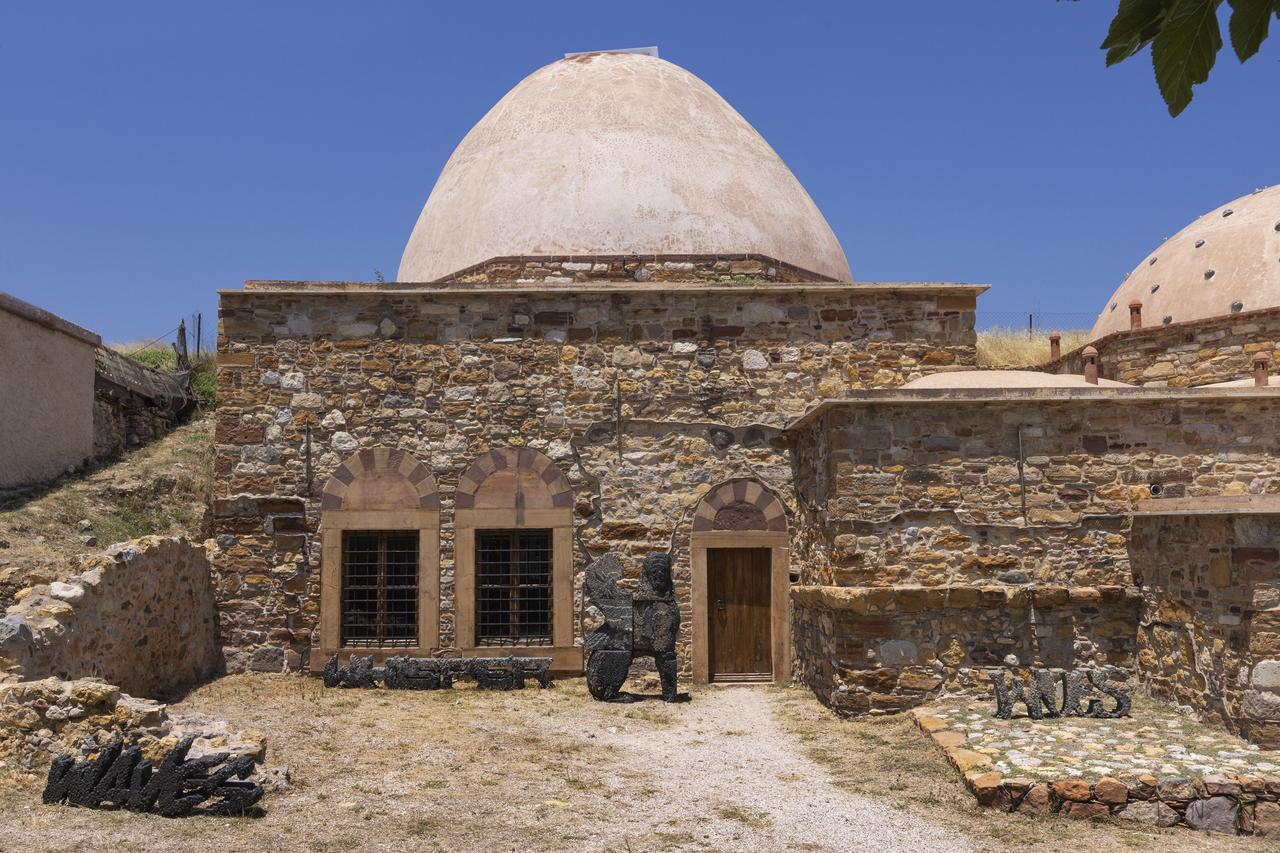
Chios in the 18th century was home to a mix of Orthodox Christians, Muslims, and smaller groups such as Catholics and Jews. The majority Orthodox Christian population enjoyed a degree of autonomy in religious and communal matters.
This diversity contributed to a vibrant cultural and social life, while also requiring careful management of inter-communal relations.
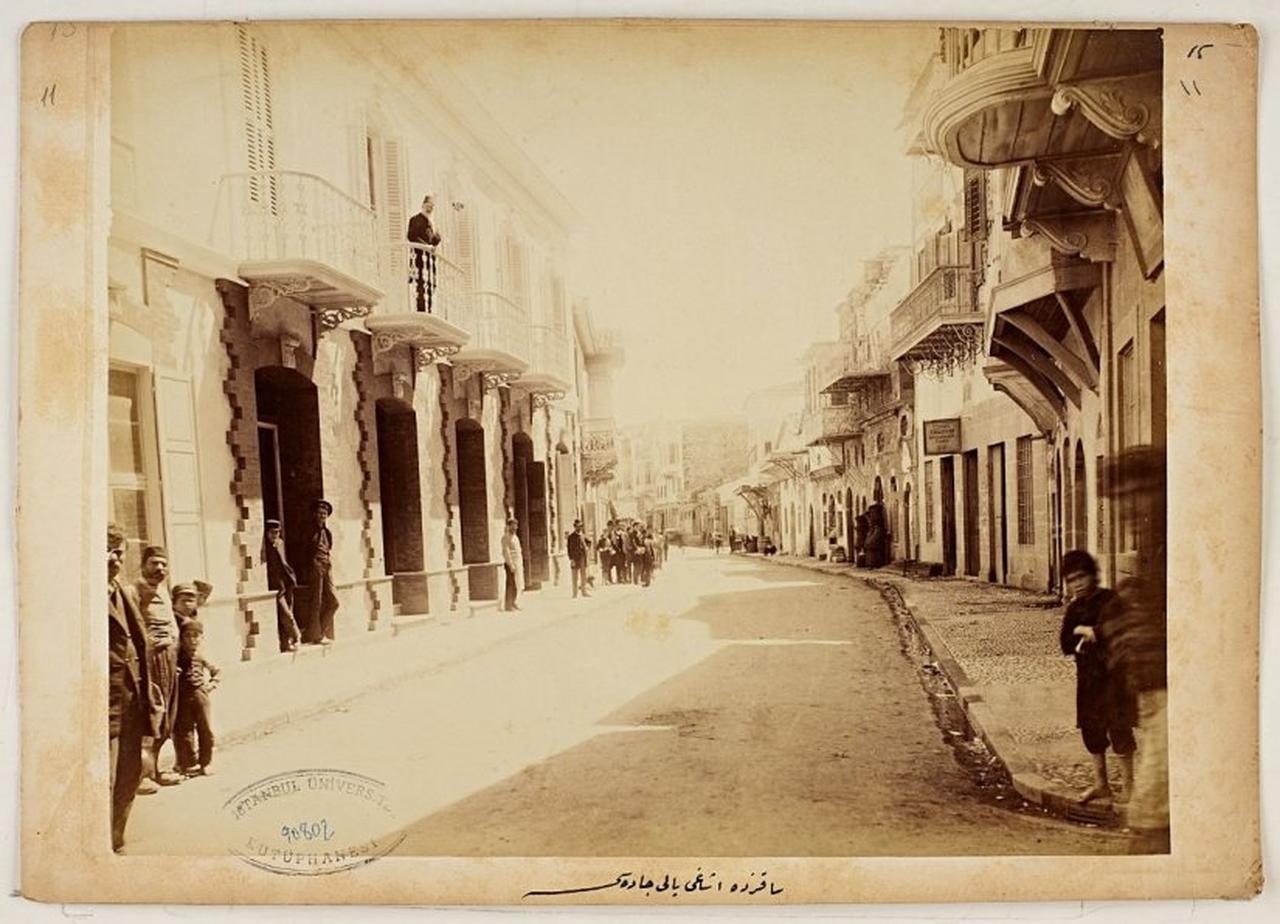
Ottoman authorities on Chios focused on maintaining order and ensuring tax revenues rather than interfering heavily in local traditions.
This pragmatic approach fostered a relatively stable coexistence between state power and community structures. Local notables acted as intermediaries, linking the demands of the empire with the needs of the population.